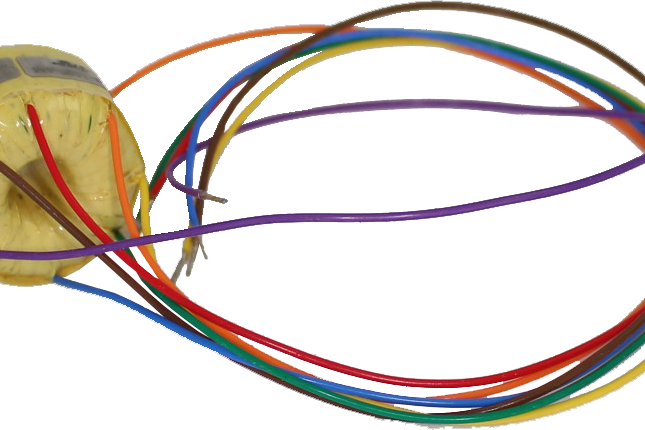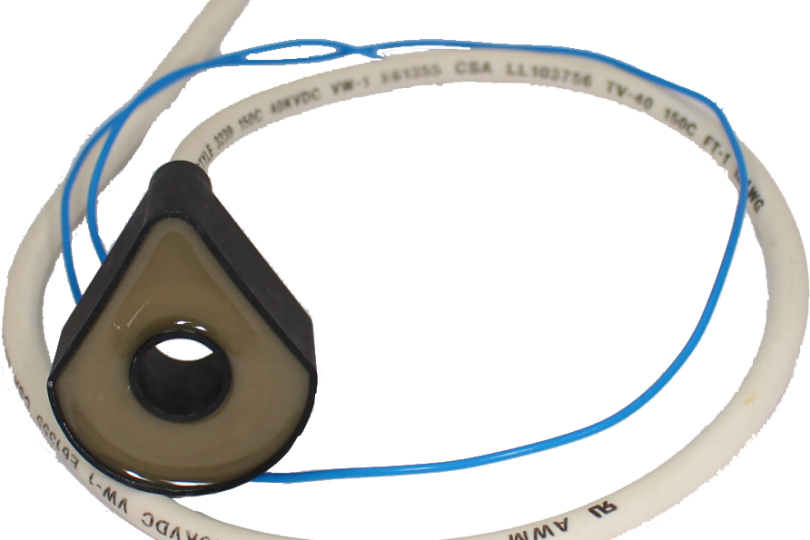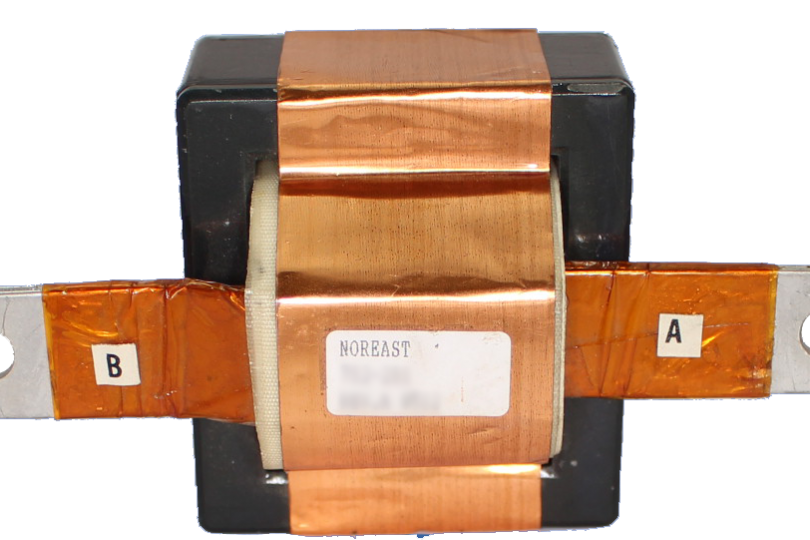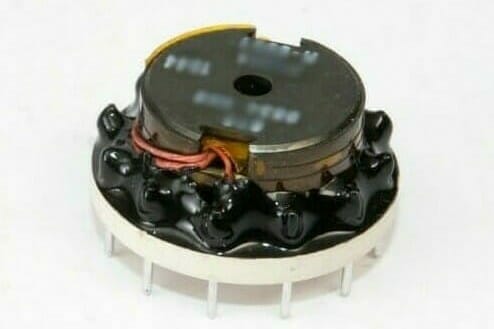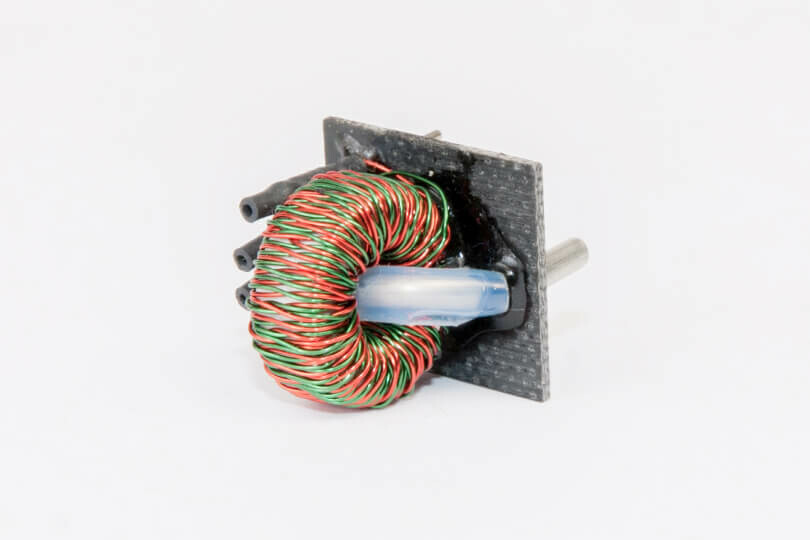Transformers are passive electromagnetic devices designed to transfer electrical energy — typically by inductive coupling — from one circuit to another while converting power-level voltages from one level or phase of configuration to another in order to step up or step down the voltage. Transformers are divided broadly into 3 segments including power transformers, current sense transformers and audio transformers.
Power:
Power transformers are the workhorses of electrical and electronics applications. They can incorporate a variety of different designs based on the specific application requirements. Designs can range in size for varying voltage requirements, level of shielding to minimize stray interference with other devices, temperature requirements, and mounting requirements.
Current Sense:
As their name implies, current sense transformers “sense,” or detect, an electrical current (typically AC), accurately. This level of detection is useful for detecting and monitoring other circuits.
Audio:
Similar to power transformers in terms of construction but typically much smaller in size, audio transformers — also called audio frequency (AF) transformers — perform an array of critical functions in amplifier circuits spanning the audio band of frequencies that the human ear can detect, typically from 20 Hz to 20 kHz.
